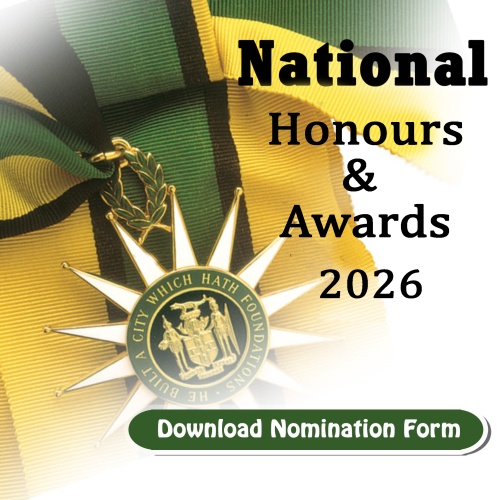Radio Station for Accompong Town Maroons
By: , November 18, 2014The Key Point:
The Facts
- Abeng 88.7 FM, which will highlight the maroon culture, is being funded by the United Nations Educational, Scientific and Cultural Organization (UNESCO) at a cost of US$12,500.
- It will bring to 36, the number of radio stations operating in Jamaica.
The Full Story
Maroons living in the community of Accompong Town, St. Elizabeth will soon have their own radio station.
Abeng 88.7 FM, which will highlight the maroon culture, is being funded by the United Nations Educational, Scientific and Cultural Organization (UNESCO) at a cost of US$12,500. It will bring to 36, the number of radio stations operating in Jamaica.
At a community meeting on Friday, November 14, National Professional Officer at UNESCO’s Caribbean offices, Erica Walker, explained that the funding will go towards the purchasing of equipment and other activities for the setting up of the community station.
She informed that some of the equipment have already been ordered and should be in the island by the end of December or in time for the annual Accompong Town Maroon Festival in January 2015.
She noted that UNESCO has a number of funding programmes, which provide money for community projects. “Your community radio station falls under the theme of media development and pluralism…,” she informs, noting that it “will give voice to the people of Accompong Town”.
Mrs. Walker said that part of UNESCO’s mandate is to support noble community ideas and projects.
She noted that communities across Jamaica and around the world “have many noble citizens, who from time to time, come up with brilliant ideas on how to improve their communities and build a legacy for future generations to enjoy…unfortunately many of these ideas never get the opportunity to become a reality…because of a lack of money”.
Mrs. Walker said the US$12, 500 “is by no means a lot of money in the radio station business…but it’s a start”.
Meanwhile, Chairman of the Communication and Information Committee of UNESCO, Lincoln Robinson, advised that the programme content must “reflect and include the history and culture of the citizens.”
“You (presenters) are not prima donnas and you are not going to be the know-it-alls. In programming a community station, the community’s voice and input are important. Though you are going to be there to guide that process, it has to embrace the community,” Mr. Robinson pointed out.
“The content does not reside with you as the producer or the script writer…but with the community…the citizens…the people around you. The other aspect, which I want to encourage you to focus on is the research component, because at the end of the day we want to be effective and we want to know how effective what we are doing is,” he said.
The UNESCO Communication and Information Committee Chairman argued that a community radio station should be about development and impacting change through the use of available technology.
“There is a lot that exists in this community and that is what the radio station is going to try to capture…at the end of the day, we want to make sure that we are increasing education, improving awareness and building capacity,” Mr. Robinson said.
It is proposed that Abeng 88.7 FM will be located inside the Accompong Town community centre with most of, if not all the talents to be sourced from within the maroon community.
The programme content is expected to lean heavily towards the cultural experience of the area and will include segments on farming, natural medicine, education, music, religion, food and the cottage industry.




